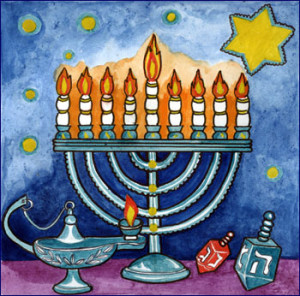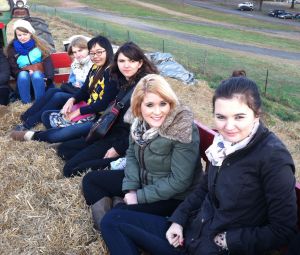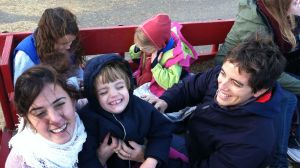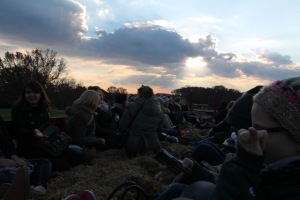Monthly Archives: November 2013
Happy Thanksgiving!!
 THANKSGIVING falls on the fourth Thursday of November. It is as a legal holiday in the United States and commemorates the feast held at Plymouth in 1621 by the Pilgrim colonists and members of the Wampanoag people. The feast was held to honor God and give him thanks for harvest and health.
THANKSGIVING falls on the fourth Thursday of November. It is as a legal holiday in the United States and commemorates the feast held at Plymouth in 1621 by the Pilgrim colonists and members of the Wampanoag people. The feast was held to honor God and give him thanks for harvest and health.
Thanksgiving has religious and cultural origins but is also celebrated in a secular fashion.
The most common dishes on a Thanksgiving table are: TURKEY, sweet potato casserole, collard greens, squash, cornbread stuffing, cranberry sauce and in New Orleans – shrimp and grits.
During a traditional ceremony at the White House, the president of the United States “pardons the turkey” which means the bird can spend the rest of its days back on the farm rather than on a Thanksgiving table.
The day after Thanksgiving, on BLACK FRIDAY people rush to the stores to buy highly discounted merchandise. Black Friday is considered the beginning of the Christmas shopping season.
Thanksgiving Fun For Kids
Here are some activities you can do with the children to celebrate Thanksgiving. Click here to find crafts, coloring sheets, spelling worksheets, math puzzles, nametags and more.
Chanukkah Begins November 27 at Sundown
 We have host families from a wide variety of backgrounds and faiths. Some celebrate Christmas, some Chanukkah, some Kwanzaa and some celebrate more than one of those or none of the above. That is something that makes America special, we can all be different, but still one united together.
We have host families from a wide variety of backgrounds and faiths. Some celebrate Christmas, some Chanukkah, some Kwanzaa and some celebrate more than one of those or none of the above. That is something that makes America special, we can all be different, but still one united together.
I wanted to give a brief overview of Chanukkah and some of the customs you might observe. Something important to note is that Chanukkah is not the Jewish equivalent of Christmas. From a religious standpoint, it is a relatively minor holiday. So, the amount of emphasis put on Chanukkah and how it is celebrated will vary from one family to the next.
You may see Chanukkah spelled in a variety of ways: Chanuka, Hanukkah, Hanukka and more. Part of the reason for this confusion may be due to the fact there is no exact English translation of the Hebrew word for Chanukkah.
If your host family celebrates Chanukkah and you don’t, I would encourage you to take part and experience the customs of another religion. This can be a great opportunity for culture sharing. The same is true, if you are a host family and your au pair celebrates a different holiday than you.
Here is a simple explanation from Judaism 101:
Chanukkah is the festival of lights, commemorating the rededication of the Temple in Jerusalem after a successful revolt against the Seleucid Greeks. As part of the rededication, the victorious Jews needed to light the Temple’s menorah (candelabrum), but they had only enough oil to last one day and it would take eight days to prepare more oil. Miraculously, the one-day supply of oil lasted for eight days. The miracle of the oil is commemorated with this eight-day candle lighting holiday.
Chanukkah begins between Thanksgiving and Christmas. About half of the time, it overlaps with Christmas, but there are many years when Chanukkah ends long before Christmas. In 2002, for example, Chanukkah began on Thanksgiving and ended in the first week of December, but that is unusual.
Almost all Jews light candles with their families for at least some nights of the holiday, so people like to be at home during this holiday. Although almost nobody takes off from work or school for this holiday, many may not want to work nights or travel during the holiday so they can light candles with the family, and accommodations should be made for this.
Here are some links for more info and children’s activities:
Hayride At Linvilla




Daylight Savings Time Ends This Weekend

Daylight Saving Time
During DST, clocks are turned forward an hour, effectively moving an hour of daylight from the morning to the evening. Today, approximately 70 countries worldwide utilize Daylight Saving Time in at least some portion of the country. If you don’t come from one of those countries, I am guessing that the idea may seem strange.
Spring Forward, Fall Back
Most of the United States begins Daylight Saving Time at 2:00 a.m. on the second Sunday in March and reverts to standard time on the first Sunday in November. In the U.S., each time zone switches at a different time.
What do I do?
Enjoy an extra hour of sleep. In the fall, we get back the hour that we lost in the spring. Although, the official change occurs at 2 am, you can turn your clock back one hour before you go to bed on Saturday night.
A Safety Reminder
Many fire departments encourage people to change the batteries in their smoke detectors when they change their clocks because Daylight Saving Time provides a convenient reminder. “A working smoke detector more than doubles a person’s chances of surviving a home fire,” says William McNabb of the Troy Fire Department in Michigan. More than 90 percent of homes in the United States have smoke detectors, but one-third are estimated to have dead or missing batteries.
Information from webexhibits.org

